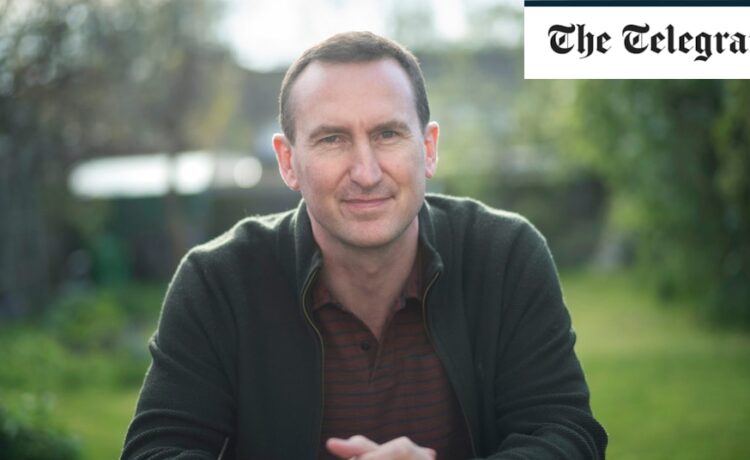Would you like a Telegraph Money Makeover? Apply here or through the form at the bottom of the page
Charlie Burrows, 47, and wife Anna have lived in Cambridge happily for the past 16 years, but increasingly they find themselves dreaming of a life in the sun.
“I was born in Australia. My family moved over there in the 1960s, so it’s somewhere I have a lot of nostalgia for. I have an Australian passport so moving there, at least for part of the year, is definitely a possibility,” said Mr Burrows.
Mr Burrows works in technology, while his wife is the founder of her own company, Cherry Hinton Accounting. Their jobs are intense and recently the couple have been drawing up plans to semi-retire in 10 years’ time, taking off to Australia every year for some winter sun.
But there are a number of questions they want answered so they can make their dream a reality. The first is whether they are taking the right steps to grow their pension so they can enjoy life by the pool. Charlie has a pension worth around £140,000, 30pc of which is invested in the stock market, 58pc in cash, and the rest in bonds and property funds. He contributes about £10,000 a year.
The second question is what to do with their rental property in London. The £425,000 two-bed flat generates an income of £1,300 per month, and it could also be a home for their children once they graduate, so there are strong arguments for keeping it.
But, says Mr Burrows, “it will become difficult to manage renting it out if we do move abroad for part of the year. I wonder if we should eventually sell and invest that money elsewhere.”
Ideally, Mr Burrows and his wife would also be debt-free by the time they are semi-retired. They are in the lucky position of almost owning both their properties outright. They have just £35,000 outstanding on their Cambridge home, with their 3pc mortgage deal ending in 2025, and a £5,000 mortgage on their London flat.
“We have £23,000 in savings which could be used to pay off the debt, but perhaps it would be better to invest this money,” said Mr Burrows.
His wife Anna is also considering opening a small self-administered pension scheme or “Ssas” through her limited company, and wants some advice on the pros and cons of doing so.
Olly Cheng, associate director at Saunderson House, says:
With a current pension pot of around £140,000 and expected contributions of £10,000 per year, the growth rate of the pension over the next 10 years will be crucial to determine what income they would be able to draw in retirement.
If we assume 3pc growth each year, they would have a final pot of £284,000, while a growth rate of 6pc per annum would generate a pot of around £351,000, which is a very significant difference.
This raises some big questions about how their pension should be invested. Over a 10-year period, investing a higher proportion of pension assets in equities would be likely to provide a higher rate of return (although this isn’t guaranteed), and therefore could be a good way of trying to increase their pension income in retirement.
The current asset allocation, with over half the pension held in cash, is quite cautious, and should definitely be reviewed to see if it is appropriate. However, it is important to understand that more equity exposure, and the higher volatility that comes with it, isn’t right for everyone, and so it would be best to speak to an adviser and have an in-depth conversation about risk before making any changes.
Assuming a 4pc rate of drawdown, a pension of £351,000 would give an annual income of around £14,000, although if they retire at age 57, they may want to take a slightly higher amount in the first 10 years before their state pensions come into payment. Cashflow forecasting could help with understating the pros and cons of this approach.
Based on today’s rates, a higher annual income could potentially be obtained by purchasing an annuity. However, on the basis that they may need a higher income for the first 10 years of retirement to bridge the gap before their state pensions, I’d be cautious about this option.
It would also mean less money left to their eventual beneficiaries.

















